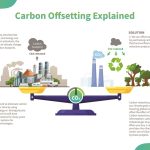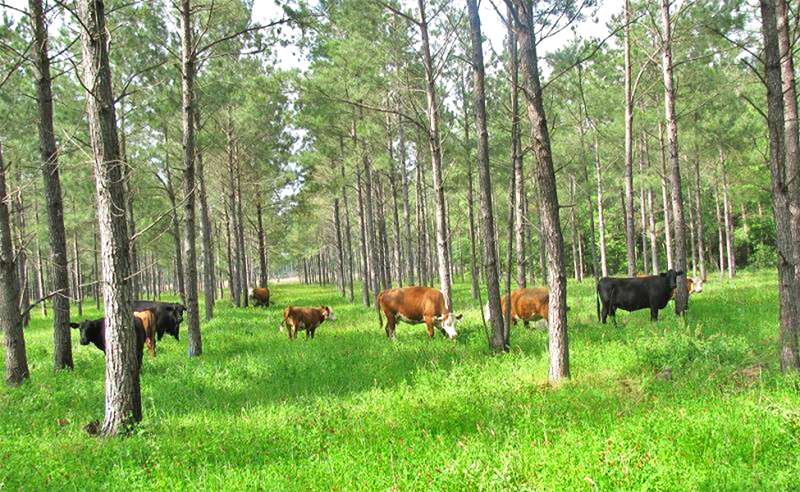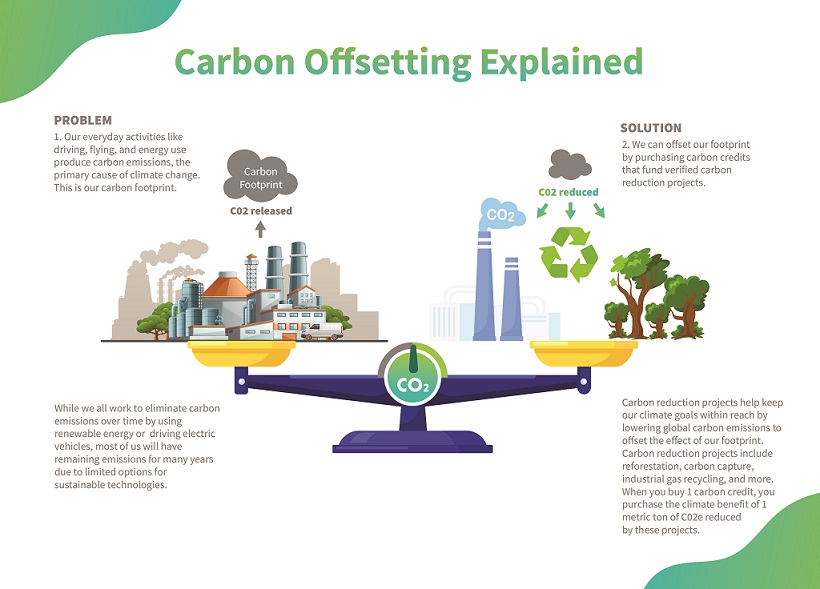
What is Carbon Offsetting?
September 7, 2025
How to Integrate Tree Planting into Your ESG Strategy?
September 7, 2025Why Diverse Planting Matters
Agroforestry, the practice of integrating trees into farmland, plays a crucial role in
climate action. Trees absorb carbon, enrich soils, improve water retention, and
provide shade that reduces heat stress on crops. At the same time, they offer food,
medicine, fodder, timber, and multiple streams of income for farming communities.
Diverse planting is central to agroforestry. When multiple species are planted
together, ecosystems become more resilient to pests, diseases, and climate shocks.
Different trees and plants cycle nutrients more efficiently, improve soil fertility, and
attract pollinators and beneficial insects. Diversity also provides cultural and
economic value by giving communities a wider variety of useful resources.
Real-world projects demonstrate the importance of diverse planting. These models not
only restore degraded environments but also unlock new opportunities such as carbon
credits, sustainable livelihoods, and long-term ecosystem services.
By valuing agroforestry, and by recognizing the importance of planting diverse
species, we can take meaningful steps toward a climate-smart, resilient, and
sustainable future.



